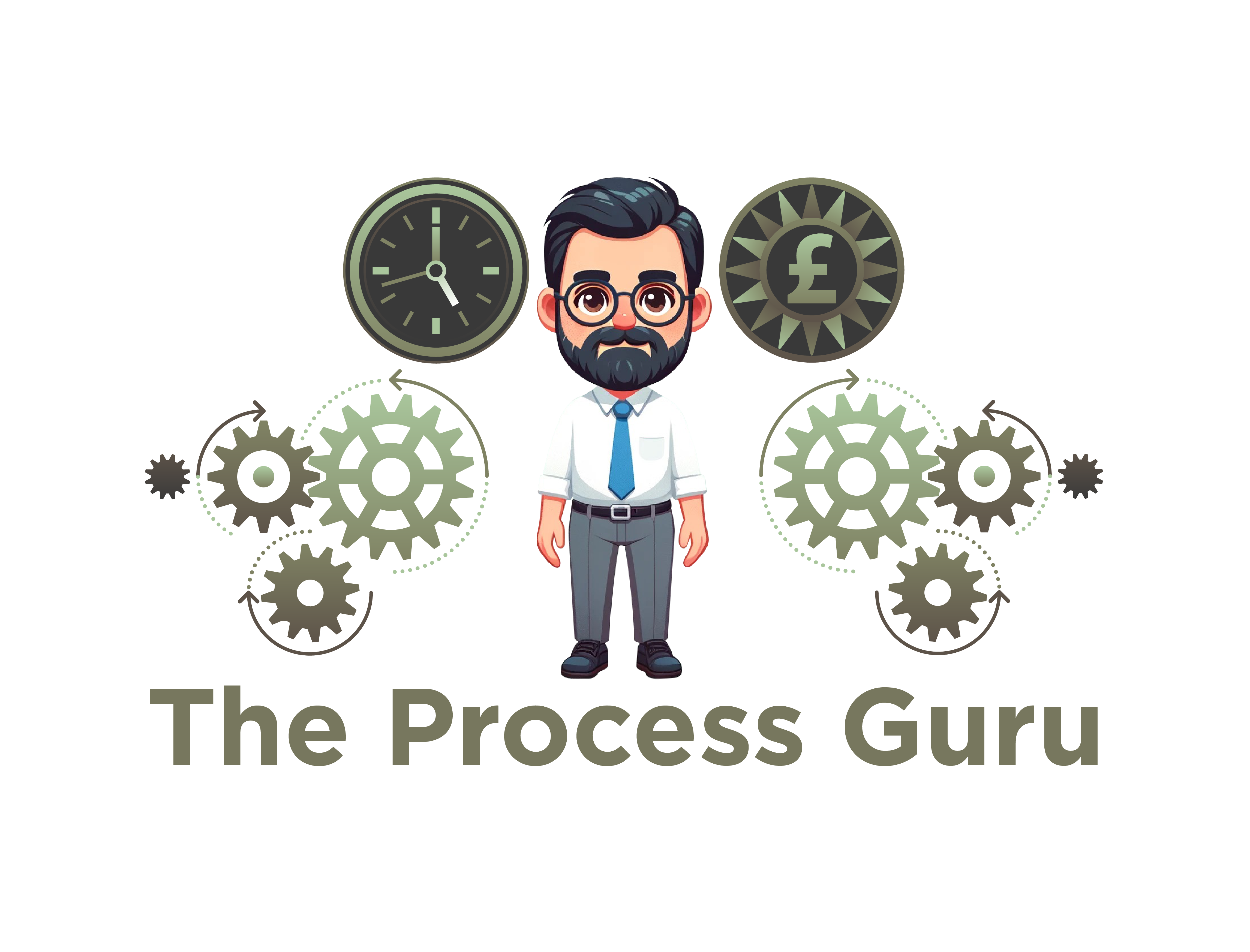Invest In Process
It’s great to have core principles guiding our work, and our focus on investing in process, tools, clarity, and people aligns with creating a well-rounded and effective work environment. Let’s delve into each principle:
Invest in Process:
-
Developing and refining processes is crucial for efficiency and consistency.
-
Identify key workflows and establish clear steps to streamline tasks.
-
Regularly review and optimise processes to adapt to changing needs.
Streamlining and optimising business processes.
When discussing “Invest in Process” about creating repeatable and scalable business processes for operational excellence, you’re essentially focusing on systematising various aspects of a business to enhance efficiency, consistency, and adaptability as the business grows. Here’s a detailed look at what this entails:
1. Process Mapping and Documentation
-
Objective: Identify and document all key business processes.
-
Implementation: Use tools like flowcharts or process maps to outline each step in critical business operations, from customer acquisition to service delivery and follow-up.
2. Standardisation of Procedures
-
Objective: Ensure consistency and quality in operations.
-
Implementation: Develop standard operating procedures (SOPs) for core business activities. This not only maintains consistency but also simplifies training and onboarding.
3. Process Optimisation
-
Objective: Remove inefficiencies and streamline operations.
-
Implementation: Analyse existing processes to identify bottlenecks or redundant steps and refine them for efficiency.
4. Automation of Repetitive Tasks
-
Objective: Reduce manual effort and minimise errors.
-
Implementation: Implement software tools that can automate repetitive tasks like scheduling, invoicing, or email responses.
5. Scalability Considerations
-
Objective: Ensure processes are scalable and flexible.
-
Implementation: Design processes with scalability in mind, allowing for adjustments as the business grows (e.g., through modular process design).
6. Training and Development
-
Objective: Ensure staff are well-equipped to execute processes.
-
Implementation: Regular training programs and easy-to-understand manuals or guides.
7. Quality Control and Continuous Improvement
-
Objective: Maintain high standards and adapt to changes.
-
Implementation: Regularly review processes for quality control and encourage a culture of continuous improvement.
8. Performance Monitoring and KPIs
-
Objective: Track the effectiveness of processes.
-
Implementation: Establish Key Performance Indicators (KPIs) to measure process efficiency and effectiveness.
9. Feedback Loops
-
Objective: Integrate feedback for ongoing process refinement.
-
Implementation: Create mechanisms for staff and customer feedback on processes.
10. Risk Management and Compliance
-
Objective: Ensure processes comply with legal requirements and manage risks.
-
Implementation: Regular compliance checks and risk assessments.
Conclusion
“Invest in Process” is about creating a foundation where business operations run smoothly, and efficiently, and can easily adapt to growth and change. It involves a thoughtful approach to how every aspect of the business functions, ensuring that each process is as effective and efficient as possible. This foundational investment not only streamlines operations but also enhances the overall value and sustainability of the business.
